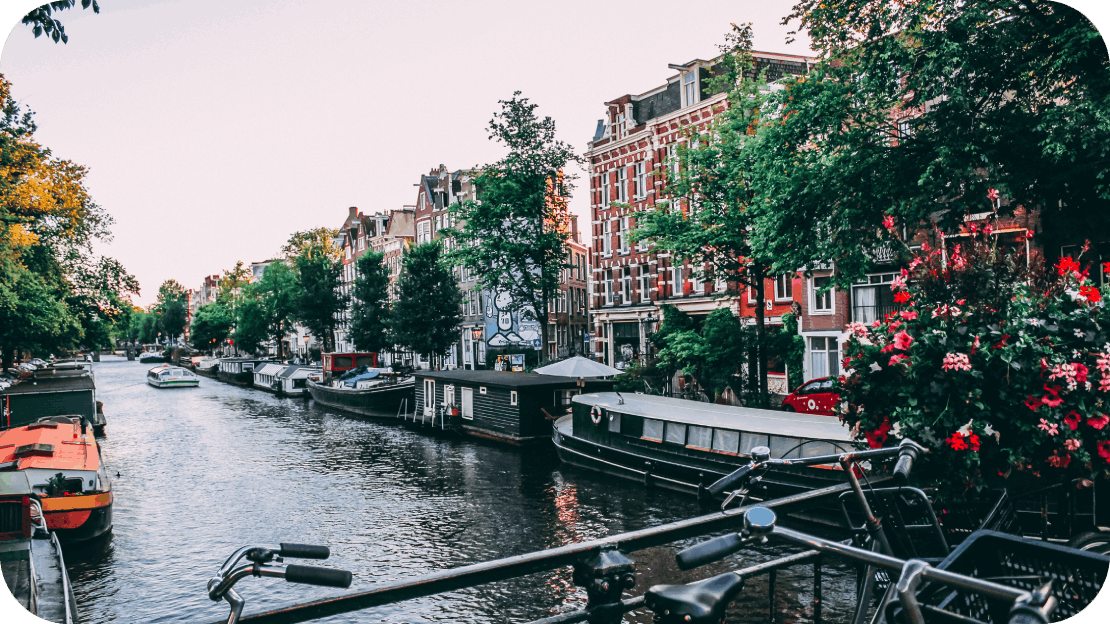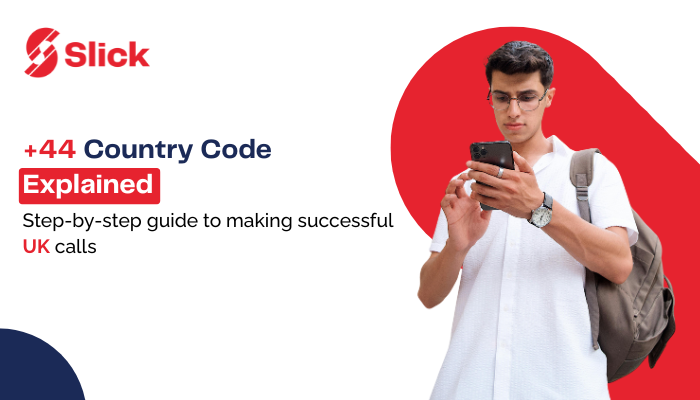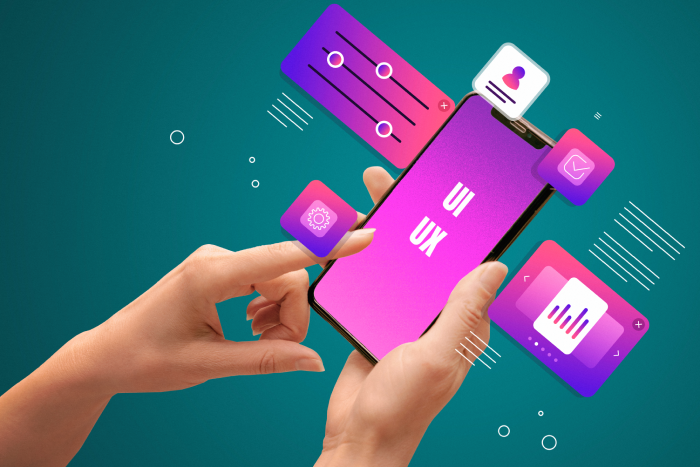Do you have friends in Amsterdam, family in Rotterdam, or a business partner in Utrecht? Calling the Netherlands from UK is now easier than ever! Gone are the days of stressing over complicated dialing codes or high international rates. Whether it’s a casual catch-up or a big business chat, staying connected is now straightforward and affordable. You don’t need to be a tech whiz or deal with tricky international calling cards to make it happen. From traditional landline and mobile calls to internet-powered apps, now you’ve got options that are both easy and budget-friendly. And no, you don’t need a degree in international dialing.
With just a few simple steps, you’ll be on the phone with your Dutch friends and colleagues in no time, just like calling the neighbor down the street. Let’s break it down, step by step, and get you connected hassle-free.
How to dial the Netherlands from the UK?
When it comes to dialing the Netherlands from the UK, you’ve got two solid routes: the traditional way with landlines or mobiles, or the more modern internet-powered options. Each option has its perks, depending on what you need in terms of convenience and cost.
Traditional Methods
Prefer the good old-fashioned way? You’re in luck. Now calling via landline or mobile is still as reliable as ever. It’s like ordering your favorite takeaway: quick, simple, and familiar. Just dial a few extra numbers, and you’re good to go! Whether you’re cozy on the couch or out for a stroll, connecting with someone in the Netherlands is as easy as pie.
How to Call the Netherlands from a UK landline
It’s simple! Follow these steps:
- Dial the UK exit code: This code, 00, gets your call outside the UK.
- Enter the Netherlands country code: Use 31 for the Netherlands.
- Add the Dutch area code: Cities have specific codes, like 20 for Amsterdam.
- Dial the local number: Type in the remaining digits of the person’s phone number.
For example, to call someone in Amsterdam, you would dial:
00-31-20-7654321
(Where 7654321 is the local number.)
How to call the Netherlands from the UK using a mobile phone
Dialing a mobile in the Netherlands from the UK is almost identical to calling a landline, with just one key difference no need for an area code! Here’s a quick breakdown:
- Dial the UK Exit Code:
When using a mobile, simply press and hold the zero until it turns into a “+” sign. This is the international exit code. - Enter the Netherlands Country Code:
After the “+”, add the Netherlands’ code, which is 31. - Dial the Mobile Number:
Skip any leading zeros in the number and just dial the remaining digits. Most Dutch mobile numbers won’t have a leading zero.
Example:
- To call a Dutch mobile from your UK phone, you’d dial:
+31-123456789
(Where 123456789 is the Dutch mobile number.)
Calling cards
Calling cards have been a classic choice for international calls, offering lower rates and being readily available online or in local stores. They’ve long been a go-to for frequent callers who need to save a few bucks. However, despite their budget-friendly appeal, there are a few things to keep in mind before relying on them. Landline calls made through calling cards can quickly get pricey due to high foreign tariffs, often making your bill spike unexpectedly. Mobile calls, on the other hand, can also become costly without an international calling plan. While calling cards do provide some savings, they often come with hidden fees or expiration dates, which can diminish their practicality. Failing to access numbers and PINs only adds unnecessary hassle, causing the convenience factor to diminish.
In today’s world, where VoIP apps like Rebtel or Slick offer seamless and affordable alternatives, calling cards can seem like an outdated option for regular international communication. They may still work for some, but for those looking for ease and cost savings, modern alternatives are likely a better fit.
Modern internet-powered method
The internet has revolutionized how we stay connected, making international calls easier and far more affordable. Forget expensive calling cards and confusing dialing codes. Today, apps like Rebtel, Boss Revolution, and Slick simplify the process of calling the Netherlands from the UK, all while keeping costs low. These apps utilize your internet connection, bypassing costly international rates. With services like Slick, you can call your friend in the Netherlands for mere pennies, as long as you have a reliable internet connection and a budget-friendly calling plan. It’s simple: download the app, add your contact, and make the call—no hidden fees, no complicated codes.
This approach not only saves you money but also saves you time. The ease of connecting with someone across borders without dealing with the hassle of traditional phone systems makes these apps a great option for frequent international communication. Why pay more when a few taps on your phone can get you in touch with loved ones or colleagues for a fraction of the price?

Exploring the time difference
Before dialing, don’t forget this important detail: the time difference. The Netherlands is one hour ahead of the UK. It may sound small, but timing is everything. Picture calling right as someone’s sitting down for dinner, not the best moment, right? Just as you wouldn’t want a late-night call yourself, it’s good to respect their daily rhythm.
For personal calls, evenings or weekends are ideal. People are more relaxed and less likely to be juggling other tasks. If it’s a work call, stick to weekdays and office hours. This way, you avoid disturbing anyone’s time and ensure you’re both in a focused, professional mindset.
A bit of planning goes a long way in making your call appreciated. Whether it’s a quick check-in or an important meeting, being mindful of the time shows respect—and ensures you’ll get a good conversation out of it!
Final verdict
Making international calls from the UK to the Netherlands is a breeze. Whether you prefer traditional methods like landlines or modern apps like Slick and Rebtel, there’s an option for everyone. Just remember to factor in the time difference for smooth conversations.
In this connected world, reaching out has never been easier. So go ahead—pick up the phone and chat!
Frequently Asked Questions
i
Are there any special requirements to use apps like Rebtel, Boss Revolution, or Slick?
Not at all! All you need is a decent internet connection and a subscription to one of the plans offered by these apps. It’s super simple.
iDo I need to know every city’s area code in the Netherlands for international calls?
Not necessarily. While knowing the area code can be handy for landlines, it’s usually not required for mobile numbers. For mobile calls, just remember to skip any leading zeroes.
i
What should I do if I’m having issues with my traditional calling methods (landline or mobile)?
If you’re having trouble, it might be time to switch to internet-powered apps. They’re not only cheaper but also more reliable for international calls.
i
How can I be mindful of the time difference when calling the Netherlands from the UK?
Always check the local time in the Netherlands before dialing. Plan for personal calls in the evening or on weekends and business calls during Dutch office hours.
iDo international calling cards have hidden fees or expiration dates?
Unfortunately, yes. Some calling cards sneak in extra fees or expire sooner than you’d expect. For a smoother experience, apps like Slick are a better bet.
i
Can I use a landline or mobile for long chats without high costs?
Landlines and mobiles can get pricey for long conversations due to international tariffs. If you’re planning a lengthy chat, internet-based apps are a much more affordable option.
i
Can I make international calls without using calling cards or internet apps?
You sure can! But traditional methods like landlines or mobile calls come with their drawbacks, like higher costs and less convenience compared to modern options.




